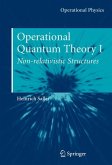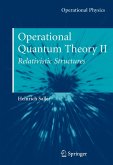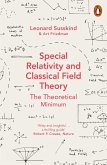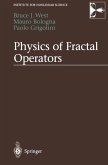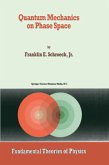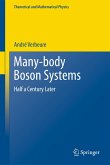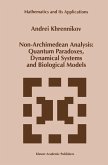The theories of quantum fields and strings have had a fruitful impact on certain exciting developments in mathematics and have sparked mathematicians' interest in further understanding some of the basic elements of these grand physical theories. This self-contained text presents quantum mechanics from the point of view of some computational examples with a mixture of mathematical clarity often
not found in texts offering only a purely physical point of view.
Emphasis is placed on the systematic application of the Nikiforov-- Uvarov theory of generalized hypergeometric differential equations to solve the Schrödinger equation and to obtain the quantization of energies from a single unified point of view. This theory is developed and is also used to give a uniform approach to the theory of special functions.
Additional key features: Considerable material is devoted to the foundations of classical mechanics using conventional mathematical terminology The first 10 chapters of Part I cover Planck and Schrödinger quantization, Pauli's spin functions, and an introduction to multielectron atoms Part II treats such topics as Feynman path integrals, quantum statistical partition functions, high and low temperature asymptotics of quantum fields of over a negatively curved space-time Selected special topics involve some applications of the theory of automorphic forms, zeta functions, the Jacobi inversion formula, spherical harmonic analysis and the Selberg trace formula
Excellent bibliography and index.
Communication between physicists and mathematicians requires continual bridges to eliminate the divide.
not found in texts offering only a purely physical point of view.
Emphasis is placed on the systematic application of the Nikiforov-- Uvarov theory of generalized hypergeometric differential equations to solve the Schrödinger equation and to obtain the quantization of energies from a single unified point of view. This theory is developed and is also used to give a uniform approach to the theory of special functions.
Additional key features: Considerable material is devoted to the foundations of classical mechanics using conventional mathematical terminology The first 10 chapters of Part I cover Planck and Schrödinger quantization, Pauli's spin functions, and an introduction to multielectron atoms Part II treats such topics as Feynman path integrals, quantum statistical partition functions, high and low temperature asymptotics of quantum fields of over a negatively curved space-time Selected special topics involve some applications of the theory of automorphic forms, zeta functions, the Jacobi inversion formula, spherical harmonic analysis and the Selberg trace formula
Excellent bibliography and index.
Communication between physicists and mathematicians requires continual bridges to eliminate the divide.
". . . a number of interesting and classical applications (some involving detailed computations) are included. Most of the book is dedicated to covering the traditional material but there are also some innovations, both in the choice of topics and in the way they are presented. . . . overall, I shall say that this is a very good text that is welcome both from the conceptual and the operational points of view. The theoretical physics community should also find here a good source on the subject." -- Mathematical Reviews


